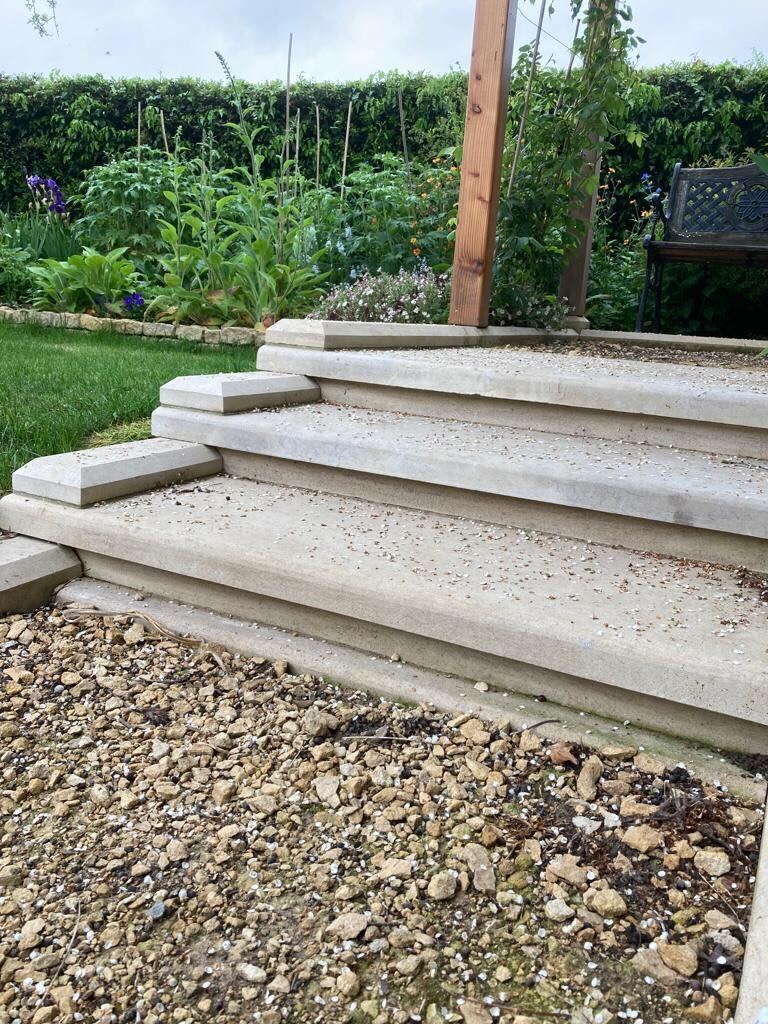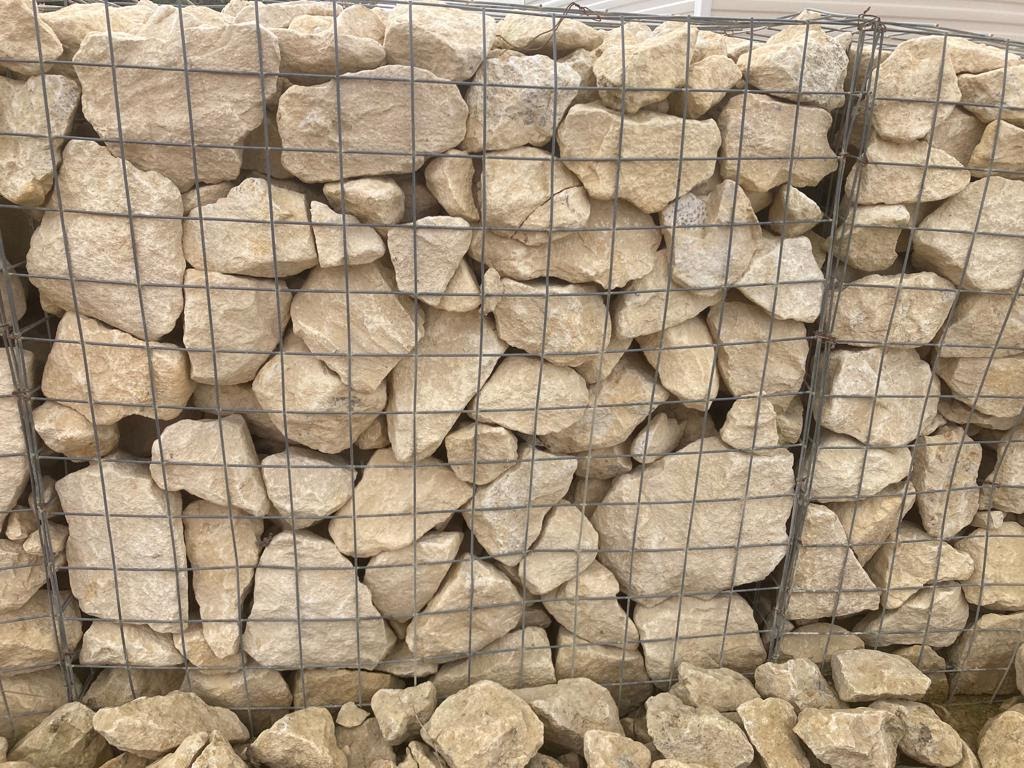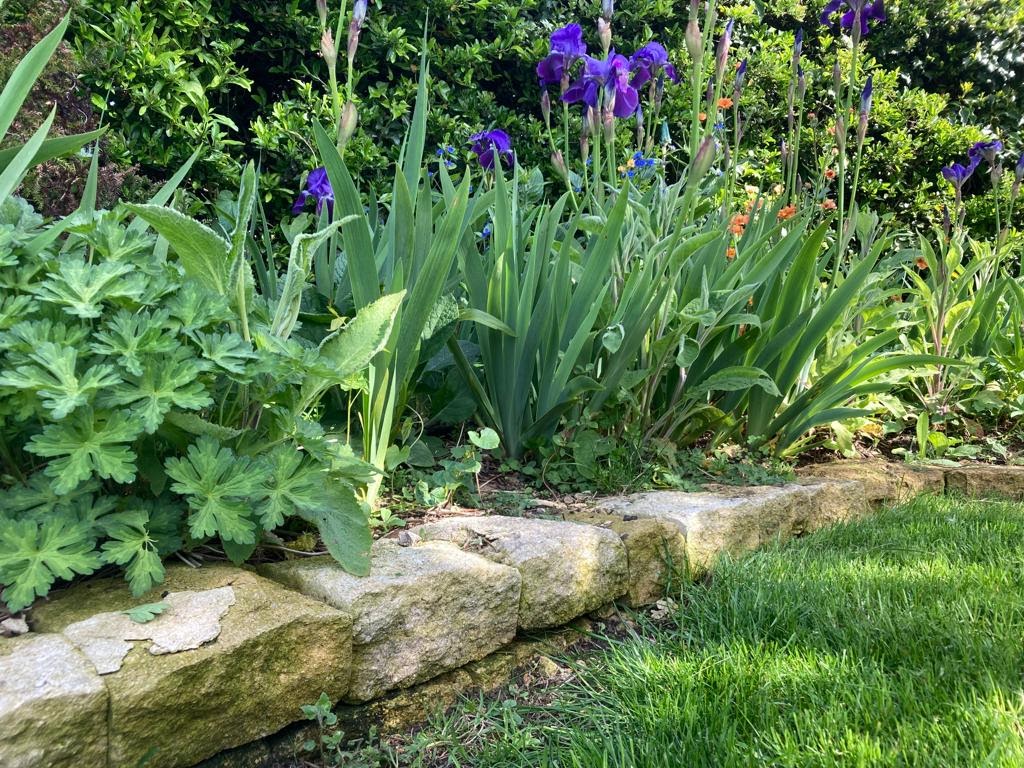DRYSTONE WALLING
The history & the how to…
Dry stone walling is an ancient craft that’s still carried out across the world. In fact, it’s one of the earliest building techniques that humans developed. Some of the oldest dry stone walls in continuous use date back to the Neolithic Age, and some can even be found in Britain.
In Cornwall, dry stone walls are known as ‘hedges’ and some of these have been dated to 5000BC, making them the oldest surviving structures in the British Isles. They predate Stonehenge by a couple of thousand years.
Dry stone building techniques are now most readily associated with walls and boundaries, but in ancient times they were regularly used to build dwellings for humans and animals. If you visit some parts of the world today, you’ll still find buildings constructed using the same techniques which are used in Britain to build and repair walls.
Local stone and expertise
Travel around Britain and you’ll encounter dry stone walls that enclose fields. Today, they’re generally more common in upland areas and in places that have been less intensively farmed. They’re still common in the Yorkshire Dales and Cumbria as well as Devon and Cornwall and the Cotswolds.
Lincolnshire isn’t as readily associated with dry stone walling as other counties, but you can still find miles of Lincolnshire limestone dry stone walling right across the county. Increasingly, it’s being used in domestic gardens and other building projects to add local character and texture.
Dry stone walls reflect the geological diversity of the country. A limestone dry stone wall in Gloucestershire will not only look different to a granite wall in Devon, it will also look different from a limestone wall in Yorkshire. Although there are broad similarities in the techniques used to create walls across the country, local expertise can result in subtle differences in how the materials are handled, prepared and laid.
How to build a dry stone wall
Because they don’t contain mortar it’s often assumed that creating a dry stone wall is a relatively straightforward task. That’s not the case, and although the basic techniques can be mastered relatively quickly, it takes years, if not decades to become truly skilled. The best dry stone wallers are in constant demand.
You begin by preparing your ground with string or chalk lines, then dig a trench around a foot deep. This will hold your foundation stones. You lay these stones flat in the trench and then fill in the gaps with smaller stones. The wall is then built up to an A-shape, so it’s wider at the bottom and narrower at the top, usually with an A-frame as a guide. These layers are built up on either side of the wall, with gaps being filled with smaller stones. The small stones help to keep the whole structure stable. The wall is capped off with coping stones which are large flat stones with a rounded top.
The perfect stone
At Hanbeck Natural Stone, we guillotine our dry stone walling stones to create a defined face, which is then tumbled to remove the sharp edges.
If you’re looking to create the perfect boundary for your garden or other building project then a beautiful dry stone wall using local materials is a work of art that should last for centuries.
Speak to our specialist team and get your next project off the ground today.




